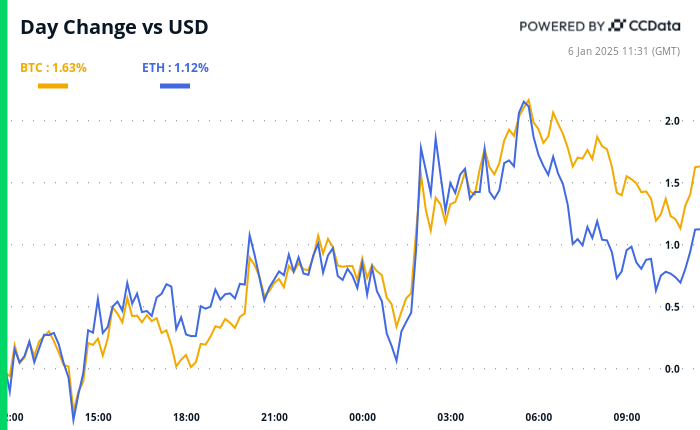Grayscale Investment’s latest Insight report provides interesting food for thought, pinning the start of the current bear market in June 2022, which could last another 250 days if previous market cycles are to repeat themselves.
Grayscale notes that cryptocurrency markets mimic their conventional counterparts with cyclical movements. Bitcoin (BTC) market cycles conventionally last 4 years or approximately 1,275 days. The firm defines a cycle when the realized price of BTC moves below the current market price.
Realized price is determined by the sum of all assets at their purchase price divided by the asset’s market capitalization. This gives a measure of how many positions are profitable, if at all. June 13 saw the realized price of BTC cross below market price, which Grayscale identifies as the start of the current bear market.
The firm believes this presents a prime investment opportunity – which is set to last another 250 days from July if the duration of previous cycles repeats itself.
Retracing history, Grayscale highlights the 2012-2015 market cycle with events like the rise and fall of the dark web marketplace Silk Road and the infamous Mt. Gox debacle, which led to the first major bear market. The development of Ethereum, major exchanges and wallet providers led to a gradual climb to the next highs in the market.
2016 to 2019 will be remembered for the boom in initial coin offerings, made possible by smart contract functionality introduced by Ethereum. Much of the capital that flowed into the cryptocurrency ecosystem in late 2017 exited the following year, as the second major bear market began.
The 2020 market cycle will be remembered as a story of leverage. Grayscale notes that investors were enticed to leverage trade with increased government spending during the Covid-19 pandemic.
Related: Terra contagion leads to 80%+ decline in DeFi protocols associated with UST
A positive funding rate lasted for six months, with many traders leveraging positions with cryptocurrency as collateral. When crypto prices dipped, traders were forced to sell, which triggered a cascade of liquidations, seeing BTC drop from a November 2021 peak of $64,800 to $29,000 in June 2021.
Again leverage hurt the markets a year later, but DeFi’s major centralized finance (CeFi) players faltered after attracting massive investment with attractive yields. The rest is history, as the collapse of the US Terra stablecoin (UST) engulfed the ecosystem. Over-leveraged traders and positions were liquidated across various CeFi platforms – which exacerbated market sell-offs and sunk major capital lending firms in the space like Celsius and Three Arrows Capital.
Read More: cointelegraph.com









 Bitcoin
Bitcoin  Ethereum
Ethereum  XRP
XRP  Tether
Tether  Solana
Solana  Dogecoin
Dogecoin  USDC
USDC  Cardano
Cardano  Lido Staked Ether
Lido Staked Ether  TRON
TRON  Avalanche
Avalanche  Sui
Sui  Wrapped stETH
Wrapped stETH  Chainlink
Chainlink  Toncoin
Toncoin  Shiba Inu
Shiba Inu  Stellar
Stellar  Wrapped Bitcoin
Wrapped Bitcoin  Polkadot
Polkadot  Hedera
Hedera  WETH
WETH  Bitcoin Cash
Bitcoin Cash  Uniswap
Uniswap  Pepe
Pepe  Litecoin
Litecoin  Hyperliquid
Hyperliquid  LEO Token
LEO Token  Wrapped eETH
Wrapped eETH  NEAR Protocol
NEAR Protocol  Ethena USDe
Ethena USDe  Internet Computer
Internet Computer  USDS
USDS  Aptos
Aptos  Aave
Aave  Mantle
Mantle  Render
Render  Bittensor
Bittensor  POL (ex-MATIC)
POL (ex-MATIC)  Cronos
Cronos  Ethereum Classic
Ethereum Classic  Artificial Superintelligence Alliance
Artificial Superintelligence Alliance  Virtuals Protocol
Virtuals Protocol  Arbitrum
Arbitrum  MANTRA
MANTRA  WhiteBIT Coin
WhiteBIT Coin  Filecoin
Filecoin  Monero
Monero